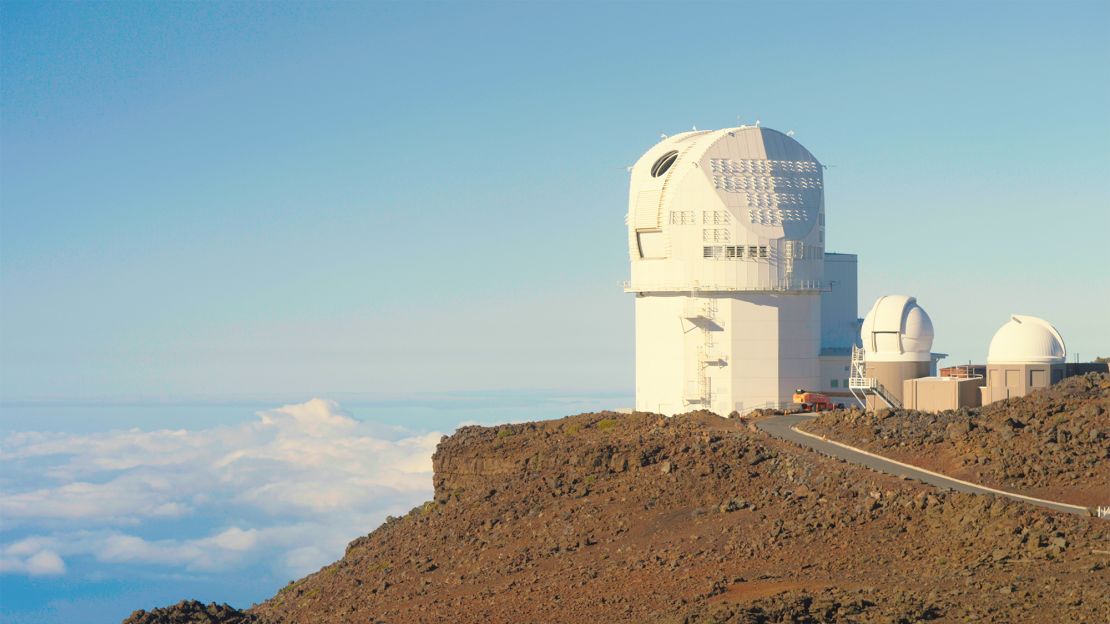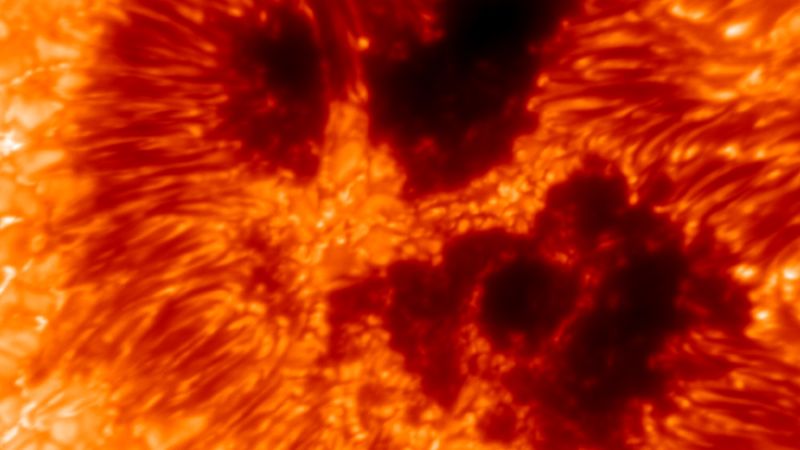In a remarkable advancement for solar astronomy, the Daniel K. Inouye Solar Telescope (DKIST) has recently provided unprecedented images of the sun’s surface, revolutionizing our understanding of solar dynamics and the complex processes occurring within our nearest star. This cutting-edge research promises not only to enhance our scientific knowledge but also to improve our capability to forecast solar weather events that could impact life on Earth.
First Light: A Revolutionary Step in Solar Observation
On a recent December morning, the DKIST captured its first images using its newly developed Visible Tunable Filter (VTF), allowing scientists to view the sun with astonishing clarity. This instrument is unique in its ability to generate a three-dimensional view of solar phenomena, pushing previous boundaries of solar observation. As highlighted by Friedrich Woeger, an NSF Inouye Solar Telescope instrument program scientist, this data is vital for understanding the sun’s energetic activities, including solar flares and coronal mass ejections (CMEs).

Woeger explains, “A solar storm in the 1800s, known as the Carrington Event, was powerful enough to ignite fires in telegraph stations, demonstrating the potential dangers of solar weather. Understanding these phenomena is crucial for safeguarding modern technologies such as electrical grids and satellite communications.”
This significant revelation reinforces the 11-year cycle of solar activity, during which the sun undergoes both peaks and troughs of magnetic activity. The current phase, known as solar maximum, has an increase in sunspot formation, and the timing of the DKIST’s operational capabilities couldn’t be better.
Understanding Sunspots: The Dark Side of Solar Dynamics
Recent images from DKIST reveal sunspots that are larger than the continental United States. These dark regions are not just visual aberrations; they are manifestations of intense magnetic activity beneath the sun’s surface. As Mark Miesch, a research scientist, describes, sunspots act as “magnetic plugs” which cool the surface of the sun in localized areas. This intricate dance of temperature and magnetism is key to understanding solar behavior.
“Sunspots appear dark because they are cooler than their surroundings, yet they are still incredibly hot compared to any temperatures on Earth,” Miesch notes. This duality of being cooler yet still fiery presents a complex challenge for solar physicists attempting to decode these features.
The Technology Behind the Breakthrough
The science behind the VTF and its unprecedented imaging capabilities is rooted in advanced technology. This imaging spectro-polarimeter works by filtering specific wavelengths of light—akin to how a radio tuner selects for particular frequencies. By using an etalon, a device made of two closely spaced glass plates, the VTF can isolate light wavelengths and generate detailed images of the sun’s surface. This intricate technology allows researchers to examine the temperature, pressure, and magnetic field structures at various solar atmospheric layers.
Dr. Stacey Sueoka, a senior optical engineer at the National Solar Observatory, expressed excitement at the moment they first witnessed spectral scans, noting, “This is something no other instrument in the telescope can achieve in the same way.” The team eagerly anticipates the VTF reaching full operational status in 2026, which will mark a new era in solar research.
Implications for Future Research
The DKIST is far more than just a telescope; it represents a significant technological accomplishment culminating from years of collaboration and innovation. After a decade of development, all parts of the VTF were transported and reassembled at the telescope’s site atop Hawaii’s Haleakalā volcano. This remote location not only offers a pristine observational environment but also helps safeguard against light pollution.
As new discoveries are made, the implications for our understanding of the sun and its influence on Earth grow increasingly significant. The knowledge gained from DKIST will contribute to predicting solar weather, a critical aspect of maintaining the safety of our electronic infrastructure.
Additionally, the DKIST works in tandem with other missions such as NASA’s Parker Solar Probe and the European Space Agency’s Solar Orbiter, which together develop a deeper insight into solar phenomena.
Looking Forward: The Path Ahead in Solar Research
As scientists continue to unlock the complexities of our sun, initiatives like the DKIST promise to position us at the forefront of solar research. The capability to visualize the sun and its magnetic field interactions will enhance our understanding of the processes that drive solar storms and their potential impacts.
The future of solar observation looks promising. With the unparalleled insights gained from this solar telescope, we are better equipped to predict solar phenomena and mitigate their effects on terrestrial technologies and health.
“Understanding the sun not only reveals the secrets of our star but also shields us from its most furious tempests.”
In conclusion, the developments emerging from the Daniel K. Inouye Solar Telescope present an exciting frontier in astrophysical research, promising to illuminate the path towards a deeper understanding of solar dynamics and their profound effects on our planet.

